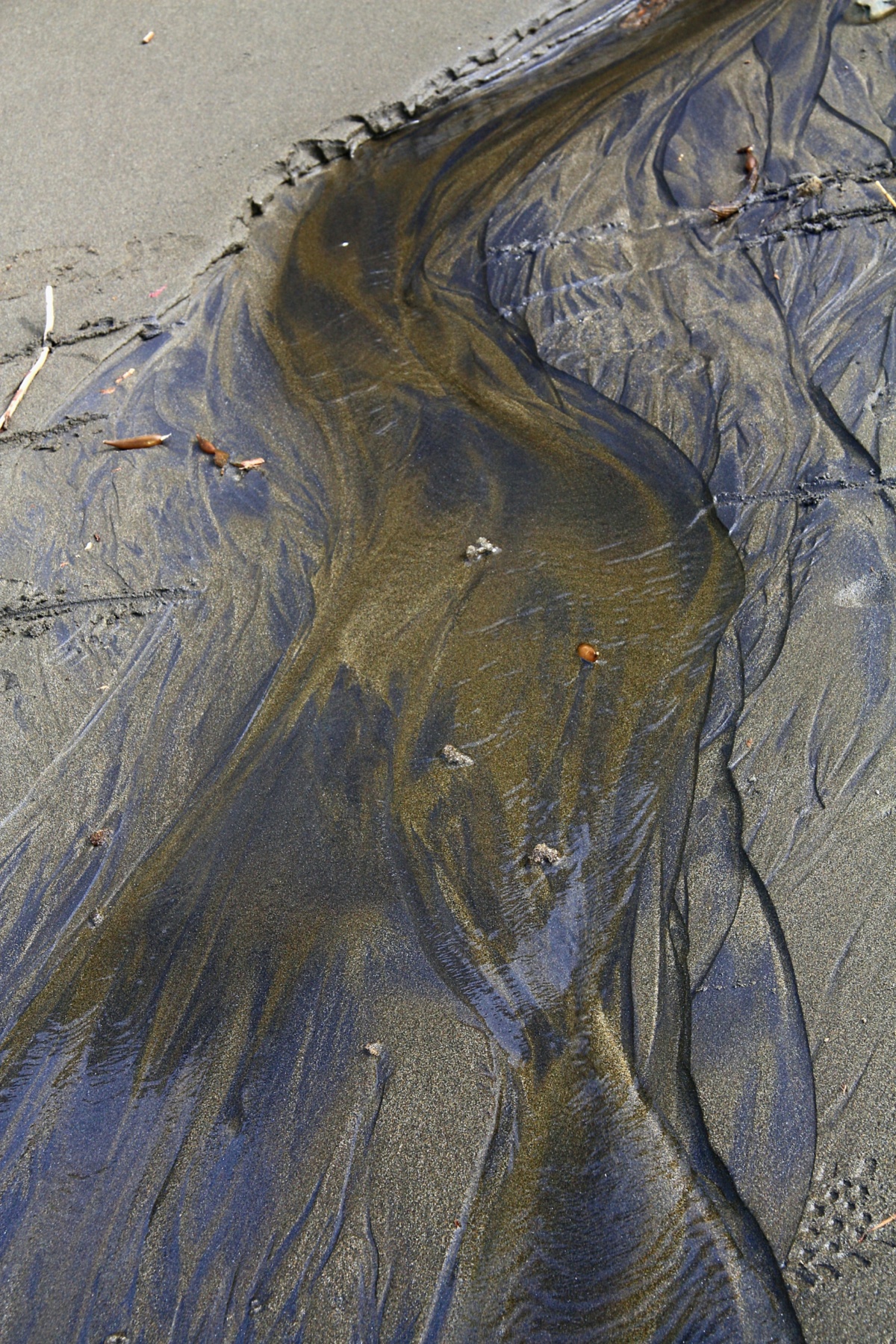By Lauren Hansen, Staff Researcher/Writer at Save the Water™ | May 1, 2022
Researchers at the University of British Columbia’s Okanagan (UBCO) campus have discovered a promising new method for identifying water toxins. Through machine learning, scientists have been able to identify toxins left behind in tailing ponds from oil sands extraction.
Oil Sands, Extraction & Tailing Ponds
Oil sands, also called tar sands, contain a mixture of materials, specifically clay, sand, water, and bitumen. Bitumen is a very thick form of oil that’s used to make petroleum products. Because of the bitumen, oil sands are a valuable energy resource. For example, we get gasoline from petroleum in order to power our vehicles.
Oil extraction is the process of separating the petroleum from the clay, sand, and water either mechanically or chemically.
When mining operations take the petroleum out of oil sands, they leave behind what are called tailings. Made up of water, sand, clay, and some bitumen, tailings are the byproduct of the oil extraction process.
Locations of Oil Sands
Oil sands are present in the United States, Russia, Venezuela, and Canada. Most of the US oil sands are in the eastern part of Utah. In Canada, oil sands are present in three regions. However, the Athabasca oil sands in Alberta is the largest. It covers more than 54,000 square miles.
What Does Water Have to Do With Oil Extraction?
Engineers construct tailings ponds to store tailing materials and to separate water out of the tailings. Mining operators have figured out how to reuse this water for further oil sands extraction. Otherwise, the water either stays in the tailing pond or gets treated before it’s released back into the environment.
This sets up a problem of what to do with this water. It’s risky to keep it stored in man made ponds. However, it’s also risky to treat it enough so that it doesn’t harm humans and the surrounding ecosystem.
The Problem: Tailings Ponds Contamination vs Lengthy Testing & Treatment
Tailings ponds pose a threat to groundwater cleanliness and safety due to the dangerous chemicals they contain, such as heavy metals and napthenic acids. The water in tailings ponds must therefore be treated before it’s recirculated into the environment. The problem for the oil sands industry, however, is that it takes days, sometimes weeks, to test and get results on the types and levels of toxins in tailings using current methods. Plus, the testing equipment is costly.
New Method: Fluorescent Spectroscopy & Machine Learning to Test Tailings
UBOC researchers have found a way to quickly and accurately test tailings water for type and degree of toxicity.
They used fluorescence spectroscopy to rapidly identify toxins in tailings water. Fluorescence spectroscopy relies on fluorescent traits of molecules in a substance. The molecules’ fluorescence make them visible in bright light.
Fluorescence spectroscopy, then, involves shining a beam of light into a substance to make the fluorescent molecules glow. The light shines in the direction of a filter. The filter transmits the light onto a measuring instrument. This measuring instrument identifies the type of molecule.
Using this method, researchers were able to identify what kinds of molecules are in tailings water that they tested. Then, they processed the results of fluorescence spectroscopy into a computer modeling program in a process called machine learning.
Machine learning enables computers to “learn, adapt, and perform certain functions on their own.” After feeding data into a computer program, it can learn patterns and become more intelligent over time.
The more water samples the researchers test, the more accurately the computer can predict the composition of future water samples. Entering more information makes the computer program better at measuring the concentration of toxins in future tailing water samples.
Current Limits of the New Method
Though this new method is promising, the UBOC researchers pointed out some limitations.
First, they note that fluorescent spectroscopy only works on materials that have fluorescent properties. Because of this, the method cannot detect all toxins, such as those that lack fluorescence.
Second, this process is currently not scalable. This means that it cannot be used to test large amounts of tailings pond water.
The new process won’t completely take the place of current methods for testing and treating tailings. However, the researchers hope they can investigate this method further and expand it in the future.
The good news is that oil sands mining operators can now use this as a supplemental method for testing and treating water from tailings but in small amounts.
This new method paves the way for more sustainable oil sands mining practices in the future.




